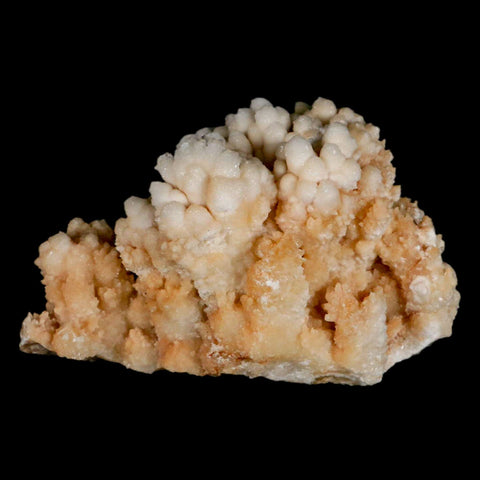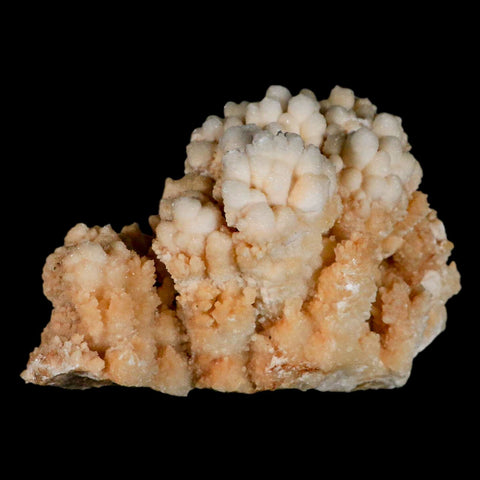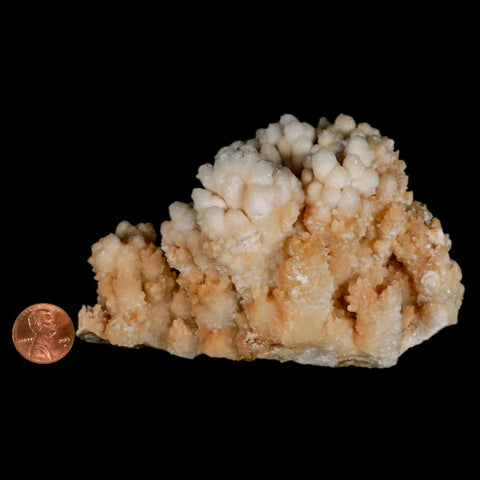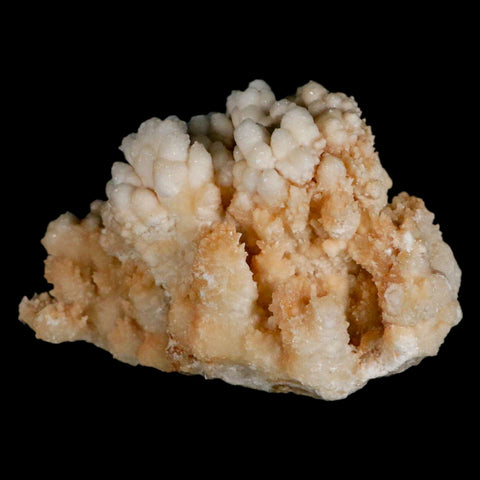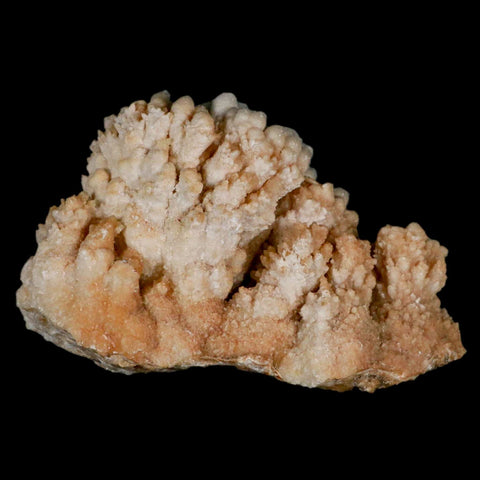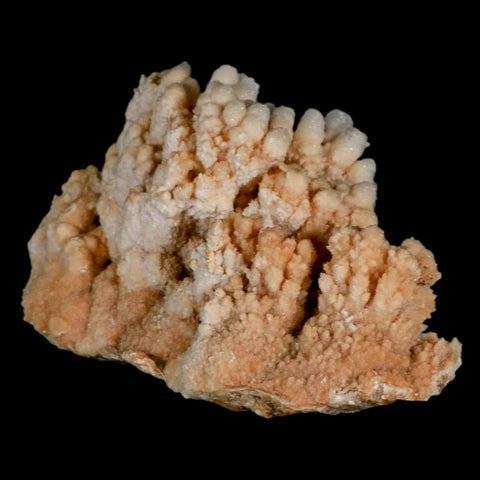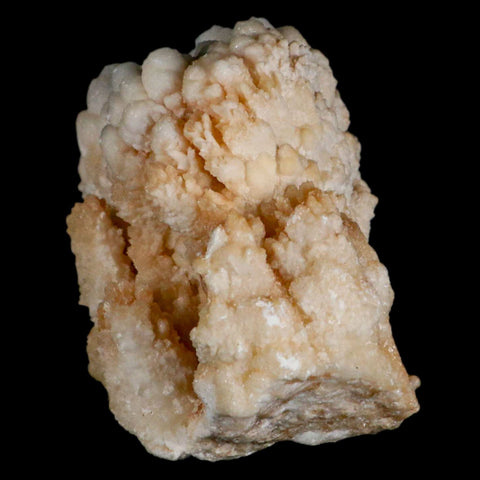4.7" Botryoidal Aragonite Cave Calcite Crystal Cluster Mineral Specimen Morocco
Location: Morocco
Weight: 1 Pound 1.3 Ounces
Dimensions: 4.7 Inches Long, 3 Inches Wide, 2.3 Inches Wide
The item pictured is the item you will receive
Aragonite plays a vital role in the existence of many of Earth’s organisms, especially invertebrates that rely on it to build their shells and hard structures. The variety of colors found in Aragonite reflects its natural formation at the Earth's surface, as seen in colorful seashells. Aragonite and calcite are polymorphs, sharing the same chemical makeup but differing slightly in crystal structure. These minerals often occur together and are visually similar, making it difficult to distinguish them without expert knowledge. While calcite is usually more stable today, Aragonite was more prevalent in certain periods of Earth's history, with both minerals exhibiting nearly identical physical characteristics.
Calcite is a calcium carbonate mineral with a hardness of 3. It comes in a wide variety of forms and colors and is found on every continent of the world. Calcite makes up the major part of marble and limestone. Yellow Calcite usually occurs in massive rather than crystalline form, and the best specimens come from Mexico.
Calcite gets its name from the Greek word “chalix,” meaning lime. It comes in a wide variety of colors, including red, green, orange, yellow, blue, pink, clear, black, and white. It is one of the most common minerals on Earth, making up the basis of limestone and marble. It takes many different forms and is formed in many different geological environments. Some forms fluoresce blue or red under UV light. It has been used to make cement and mortar, and very clear translucent calcite has been used to make gun sights and geological (polarizing) microscopes.


